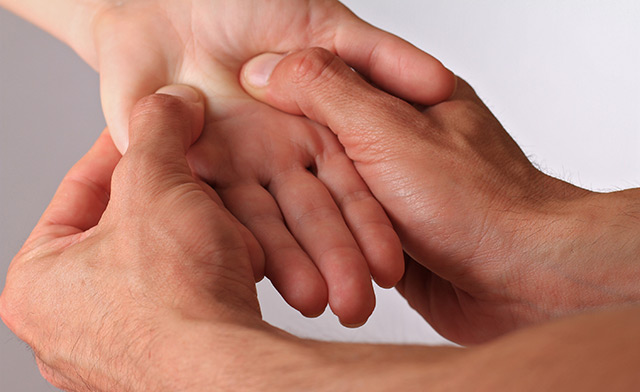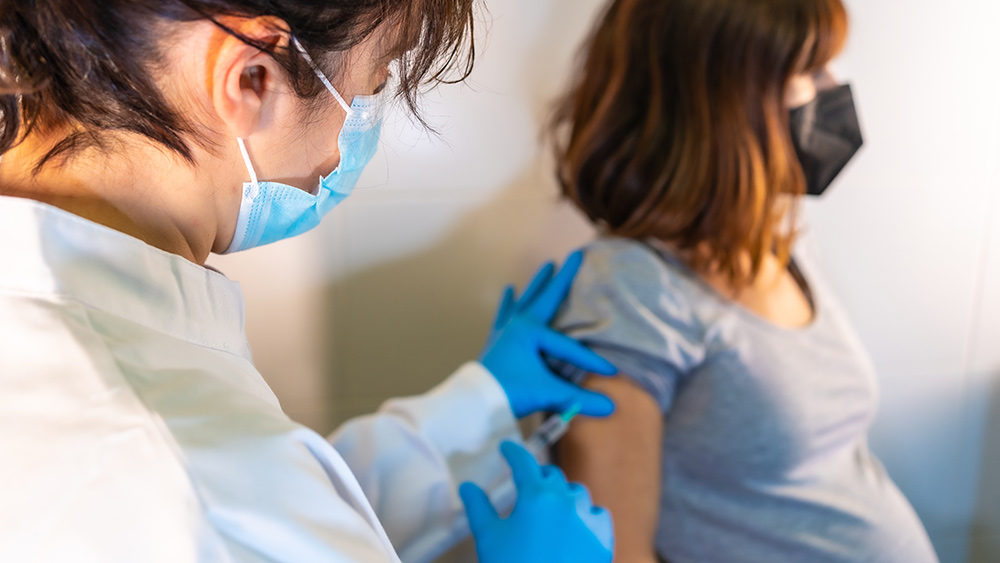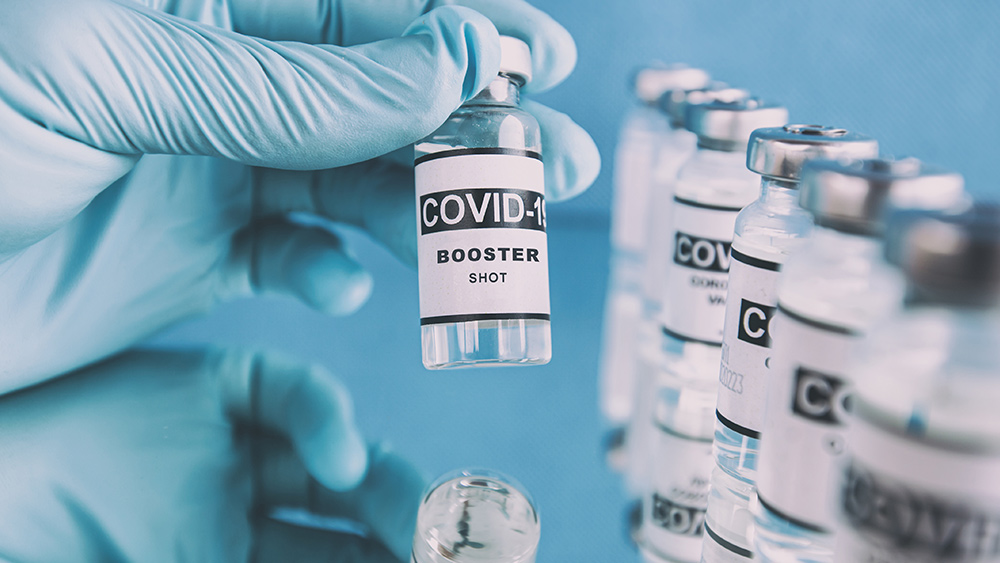Better than synthetics: Korean hand acupressure alleviates opioid-related nausea
11/07/2018 / By Edsel Cook

Rather than taking addictive opioid painkillers, it might be safer and better to try traditional Korean medicine. In an entry in Science Direct, Korean hand acupressure was able to alleviate both the pain caused by cesarean delivery and attacks of nausea and vomiting due to opioids.
Opioids used to be the go-to medication for relieving pain and general discomfort. However, their many side effects have always made their usage questionable, even though pharmaceutical companies claim their products are safe for regular use.
It eventually turned out that prescription opioid pain relievers shared much the same problems as the powerful painkilling drug morphine that preceded them. The number of cases of addiction and overdoses eventually reached epidemic levels.
The ongoing opioid epidemic has driven researchers to look for other means of pain relief. They turned to traditional ethnomedicine, which uses both medicinal herbs and unique physical therapy to improve and maintain the health of patients.
A research team from Cha University (CU) examined Korean hand acupressure, their country’s take on needle-free acupuncture treatment. Also called “Korean hand massage,” this therapy stimulates various pressure points on the hand that are linked to different parts of the body. Korean hand acupressure borrows much from Chinese acupuncture; it is recommended to be taken alongside herbal teas, tinctures, and aromatherapy massage. (Related: Treat migraines and headaches with 6 effective acupressure regions.)
Relieving the pain, nausea, and vomiting of cesarean deliveries
For their experiment, the CU researchers gathered 50 participants. The patients were mothers who had recently given birth through cesarean means of delivery. They were given opioid-based spinal anesthesia for the surgical operation.

The participants were randomly divided between a control group and an acupressure group. The control group did not receive any form of treatment.
Meanwhile, members of the treatment group had acupressure disks applied on 12 points of their hand. Two acupressure points were attributed to the reduction of nausea and vomiting. Six were chosen because they alleviated pain in the abdominal region. The last two points were intended to decrease back pain.
This traditional treatment lasted for a period of 24 hours. During this time, the researchers stood ready to provide rescue antiemetics and analgesics for patients who suffered from extreme bouts of vomiting or pain.
The researchers also recorded any instances of nausea and vomiting that took place during the trial period. They interviewed patients about the amount of pain felt by the latter. Finally, they scored the participants on the symptom distress scales related to the side effects of opioids.
All results were analyzed using four different statistics tests: The chi-square test, Fisher’s exact test, Mann-Whitney U test, or the repeated-measures analysis of variance.
Korean acupressure improves the condition of people suffering from side effects of opioid use
They reported that the participants who were treated with Korean hand acupressure experienced much fewer incidences of nausea and vomiting. The members of this group also experienced fewer severe reactions; they did not need as much rescue antiemetics and analgesics as the untreated group.
Furthermore, the opioid-related symptom distress scores showed significant improvements in the treatment group. Patients said they felt much less nausea, vomiting, and pain related to their recent childbirth or their anesthesia.
Based on their findings, the CU researchers concluded that Korean hand acupressure was able to relieve nausea and vomiting attributed to opioids used in spinal anesthesia. Furthermore, the traditional medical approach could also relieve the pain associated with cesarean deliveries, thereby reducing the need for synthetic painkillers.
The researchers published their findings in the journal Complementary Therapies in Clinical Practice.
You can keep an eye on the current opioid epidemic by visiting Opioids.news.
Sources include
Submit a correction >>
Tagged Under:
acupressure, acupressure points, alternative therapy, no-drug pain relief, opioid epidemic, Opioids, pain relief, pain relief medication, prescription opioids
This article may contain statements that reflect the opinion of the author





















